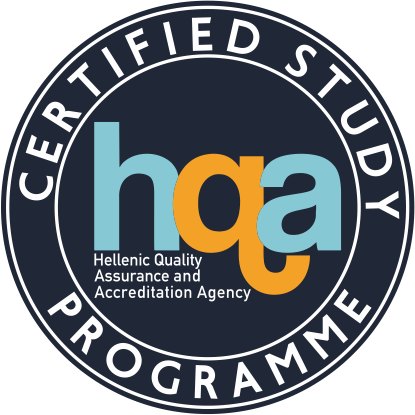Applications of Remote Sensing in Geology
| School | Natural Sciences | ||||||||||||
| Academic Unit |
Geology Department | ||||||||||||
| Level of Studies |
Undergraduate | ||||||||||||
| Course Code |
GEO_608E | ||||||||||||
| Εξάμηνο σπουδών | 6ο | ||||||||||||
| Course Title |
Applications of Remote Sensing in Geology | ||||||||||||
| Independent Teaching Activities |
Lectures, laboratory work | ||||||||||||
| Weekly Teaching Hours |
2 (Lect.) +1 (lab.) | ||||||||||||
| Credits | 3 | ||||||||||||
| Course Type |
Basic General knowledge / Skills development | ||||||||||||
| Prerequisite Courses |
No | ||||||||||||
| Language of Instruction & Examinations |
Greek. Teaching may be however performed in English in case foreign students attend the course. | ||||||||||||
| Is the Course offered to Erasmus Students |
Yes | ||||||||||||
| Course Web-Page (URL) | |||||||||||||
| Learning Outcomes |
The course is addressed to undergraduate students who sufficiently know and understand the principles of Geology. The aim of the course is for students to acquire advanced knowledges and skills on the analysis and composition of simple geological maps using remote sensing techniques By the end of this course the student will be able to:
|
||||||||||||
| General Competences |
Generally, by the end of this course the student will, furthermore, have develop the following general abilities (from the list above):
|
||||||||||||
| Syllabus |
The course content includes the following chapters:
|
||||||||||||
| Delivery | Face-to-face | ||||||||||||
| Use of Information & Communication Technology |
|||||||||||||
| Teaching Methods |
|
||||||||||||
| Student Performance Evaluation |
Written examination after the end of the semester. The examinations includes computational questions as well as short answer questions | ||||||||||||
| Attached Bibliography |
Suggested bibliography:
|





